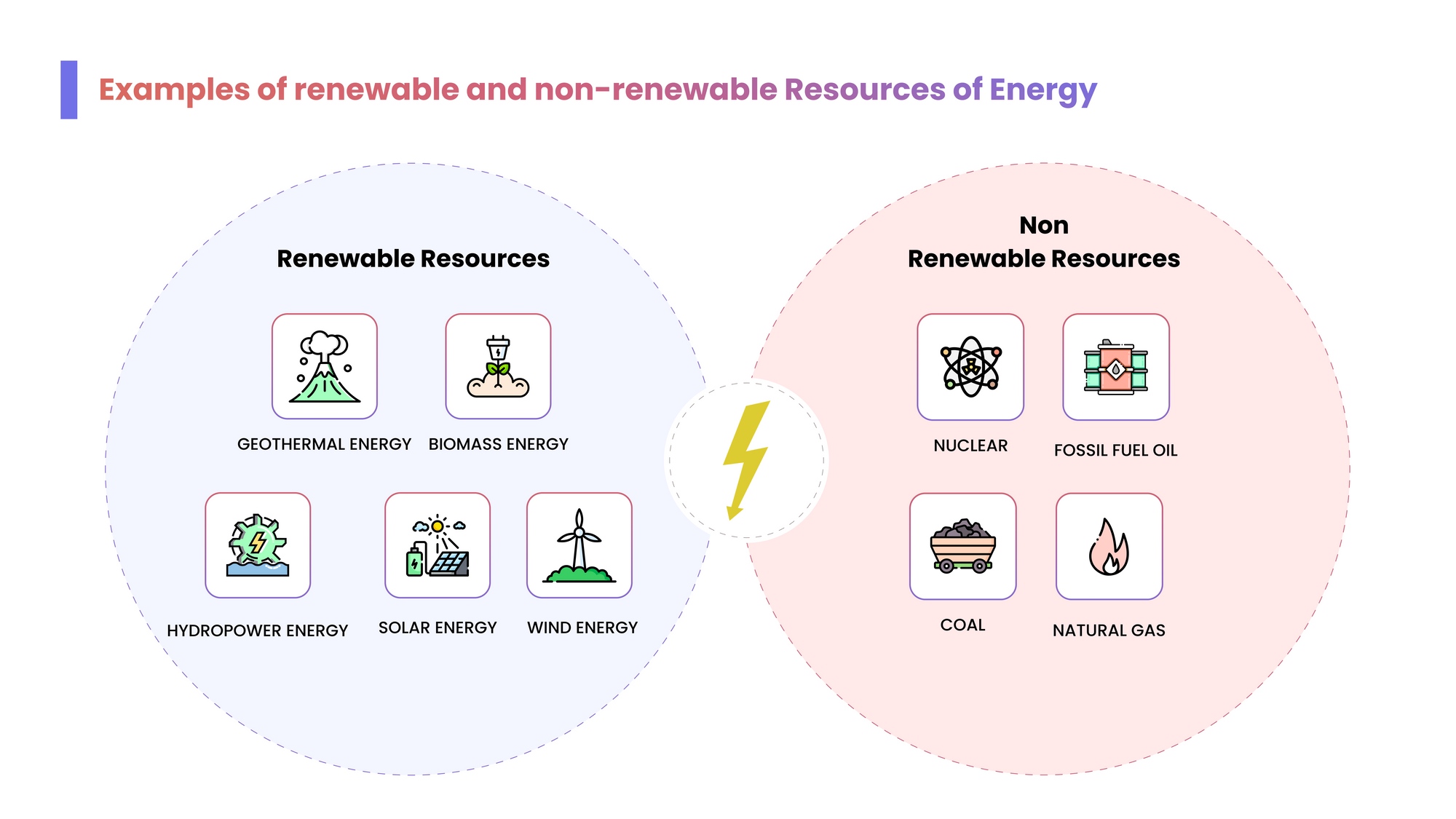1. Natural resources
A brief definition on natural resources, its classification based on its origin and renewability and how it differs from man-made resources. This part will cover the basics of the Natural Resources and its various types.
A true conservationist is a person who knows that the world is not given by their fathers, but borrowed from their children.
-John James Audubon
Natural resources are defined as any material or immaterial resource which exists in nature with human interventions and can be used for social, economical or technological development of humans.[1] Resources are basically classified into two categories - Natural resources and man-made Resources. Any natural substance or product that humans use can be considered a natural resource. Oil, coal, natural gas, metals, stone and sand are natural resources. Other natural resources are air, sunlight, soil and water.
Based on the source of origin,[2] there are two types of natural resources:**
1.Biotic Resources
These resources include all living elements of the environment. Forests, crops, birds, wildlife, fisheries and other marine life are the examples of biotic resources. These resources reproduce and regenerate themselves, hence, are renewable. Coal and mineral oil are also biotic resources but they are non-renewable.
2.Abiotic Resources
These resources include all non-living elements of the environment. Land, water, air and minerals (e.g iron, copper, gold, silver etc.) are abiotic resources. They are exhaustible and non-renewable as they cannot be regenerated or reproduced.

Based on renewability it can be categorised as follows:
1.Renewable resources
Renewable resources like wind and water are predominant energy sources that are present naturally in the environment and can be converted into reusable energy sources. Renewable sources have the advantage of producing lower emissions of carbon dioxide and reliance on fossil fuels.
2.Non - renewable resources
Non-renewable resources as the name implies are those that cannot be renewed or cannot be replenished once the available sources are used. Fossil fuels which are formed over the years through formalization of organisms are considered as the most used non-renewable resources.

Tons of Food is lost or wasted globally. This can be the beginning of global food crisis or the start of a war where we will be fighting for food and water.
Man-made Resources
When humans use natural resources or substances to produce something new which provides usability and value to people’s lives, it is called Man-made or Human - Made resources. Man-made resources are created by altering the original form of the natural resources existing on earth. Man-made resources include metals, wood, cement, sand, and solar energy which is then used to make buildings, machinery, vehicles, bridges, roads, etc. Likewise, technology is also a man-made resource. Man-made resources are mostly renewable, they can be renewed easily. So, all the inputs from humans along with natural resources form into man made resources, which have their own values.
Humans have the skills, intelligence, and knowledge, and use technology to transform a natural resource into usable and valuable things, they themselves become human resources.